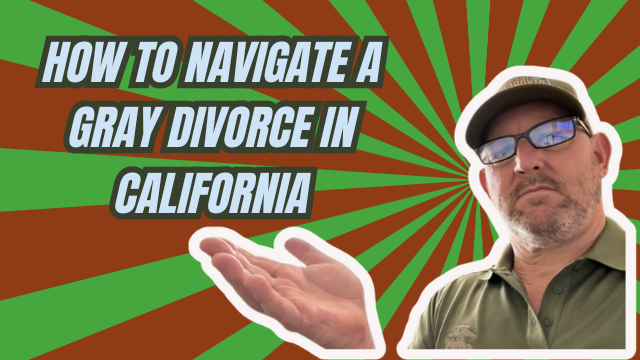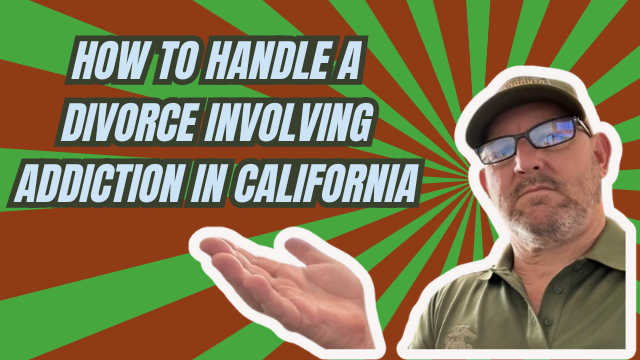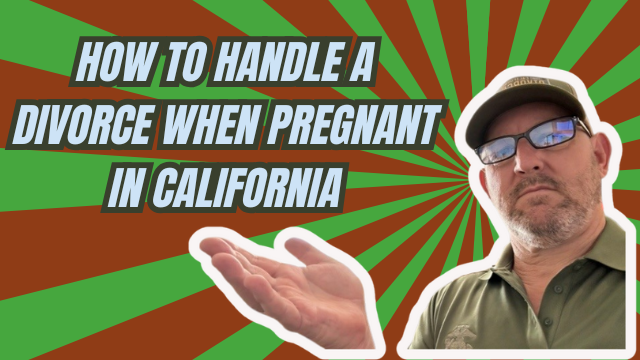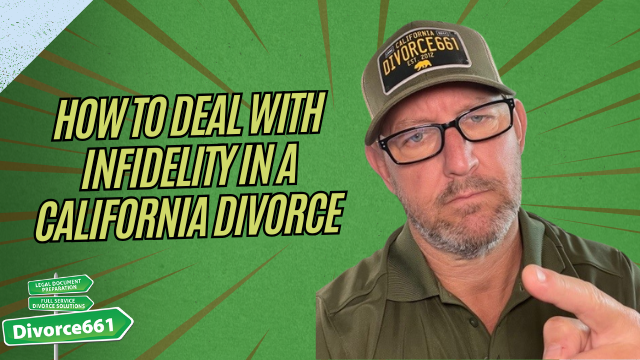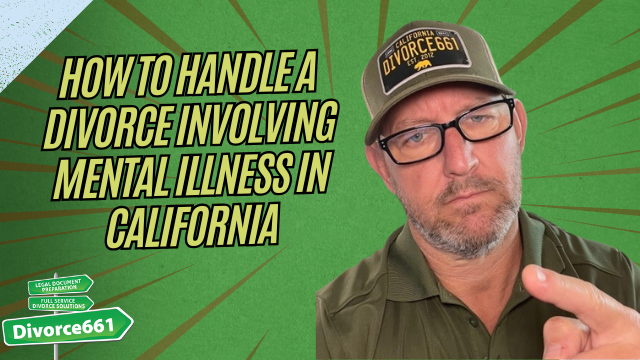How to Deal with a Spouse Hiding Income in a California Divorce
Overview
If you suspect your spouse is hiding income during your divorce, you are not alone. In California, both parties are required to provide full financial disclosure. That requirement covers wages, self employment, side businesses, and even cash paid under the table. When one spouse hides income it can distort spousal support, child support, and property division. The good news is there are steps you can take to uncover the truth and protect your rights.
California law and full financial disclosure
California law requires full financial disclosure from both parties.
That means each spouse must report all sources of income and assets during the divorce process. Failure to disclose can lead to court sanctions and can result in an adjustment to how community property and support are awarded. The court can impose penalties and may award the honest spouse a larger share of the community estate when concealment is proven.
Common red flags that income may be hidden
- Sudden claim of unemployment or dramatic reduction in reported income with no supporting evidence
- Unexplained cash deposits or withdrawals from personal accounts
- Use of separate bank accounts or businesses that were not disclosed
- Lifestyle that does not match reported earnings
- Business income reported inconsistently or through third parties
Real example: cash business revealed
We recently helped a client whose spouse claimed to be unemployed. With careful review, we discovered the spouse was running a cash based business and channeling receipts through a separate account. Once we gathered the evidence and submitted it to the court, the support and property division were adjusted to reflect the true financial picture.
How concealed income affects support and property division
Hidden income can change several outcomes in a divorce:
- Spousal support. Support is based in part on each party’s income. Underreported earnings can lead to unfairly low support awards unless uncovered.
- Child support. Child support calculations depend on accurate income reporting. Concealment can reduce support that should otherwise be paid to the custodial parent.
- Property division. Community property must be divided fairly. Undisclosed business assets or income streams can mean an unequal division if not discovered and accounted for.
How we find hidden income
Uncovering concealed income often requires a combination of careful document review and targeted investigation. Typical steps include:
- Review financial disclosures for inconsistencies and red flags
- Request bank statements, tax returns, business records, merchant account statements, and credit card statements
- Subpoena records when voluntary disclosure is incomplete
- Work with forensic accountants and trusted professionals to analyze cash flows and identify unreported income
- Present the findings to the court to adjust support and property division as needed
When to involve a forensic accountant
Forensic accountants are especially helpful when a spouse runs a cash based business, commingles personal and business funds, or has complex financial arrangements. These experts can reconstruct income from bank patterns, business receipts, tax returns, and lifestyle indicators to produce evidence suitable for the court.
Practical steps to take if you suspect hidden income
- Keep a record of any suspicious activity or inconsistencies
- Gather copies of all financial documents you have access to, including bank statements, pay stubs, tax returns, and business paperwork
- Ask your attorney to request mandatory financial disclosures and, if necessary, to serve subpoenas
- Consider hiring a forensic accountant if the situation appears complex or if large sums are missing
- Do not try to confront or access accounts without legal guidance; follow proper legal procedures to preserve admissible evidence
Possible court outcomes for hiding income
- The court may order additional payments in spousal or child support based on reconstructed income
- Sanctions or penalties may be imposed for intentional nondisclosure
- Property division can be adjusted to account for undisclosed assets or income
- Evidence of concealment can affect credibility and influence other judicial decisions in the case
How we help
We review financial disclosures, spot red flags, and gather the documentation needed to protect your rights. When necessary, we work with trusted forensic accountants to dig deeper and produce the evidence the court needs. If you believe your spouse is hiding income, schedule a consultation so we can help you uncover the facts and build your case around the full financial picture.
Next steps
If you suspect hidden income in your divorce, start by collecting what financial records you can and reach out for a consultation. For more information or to schedule a free consultation visit divorce661.com. We will help you take the steps necessary to ensure a fair outcome based on full financial disclosure.



